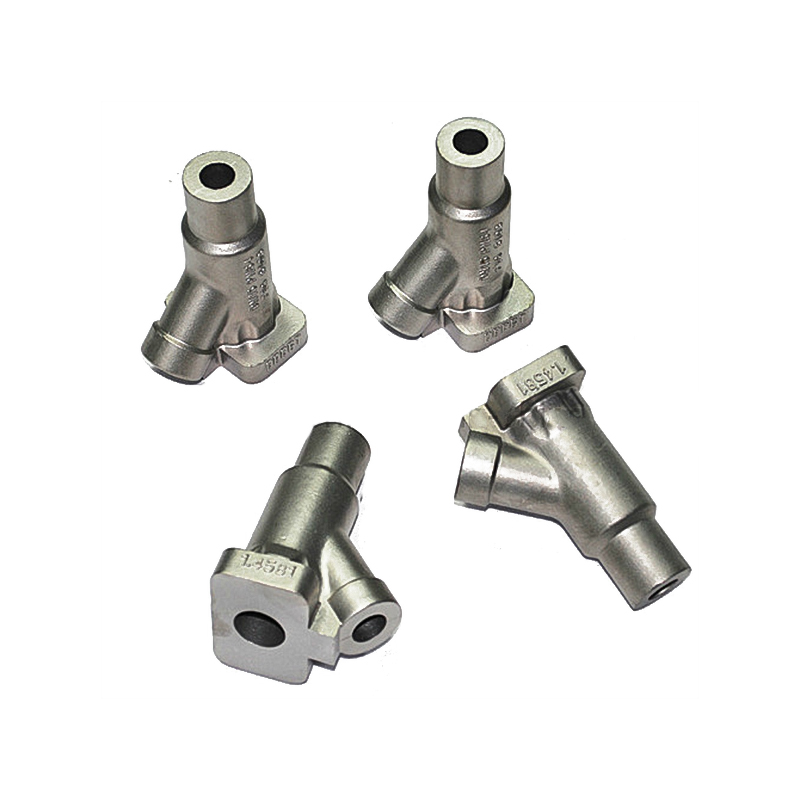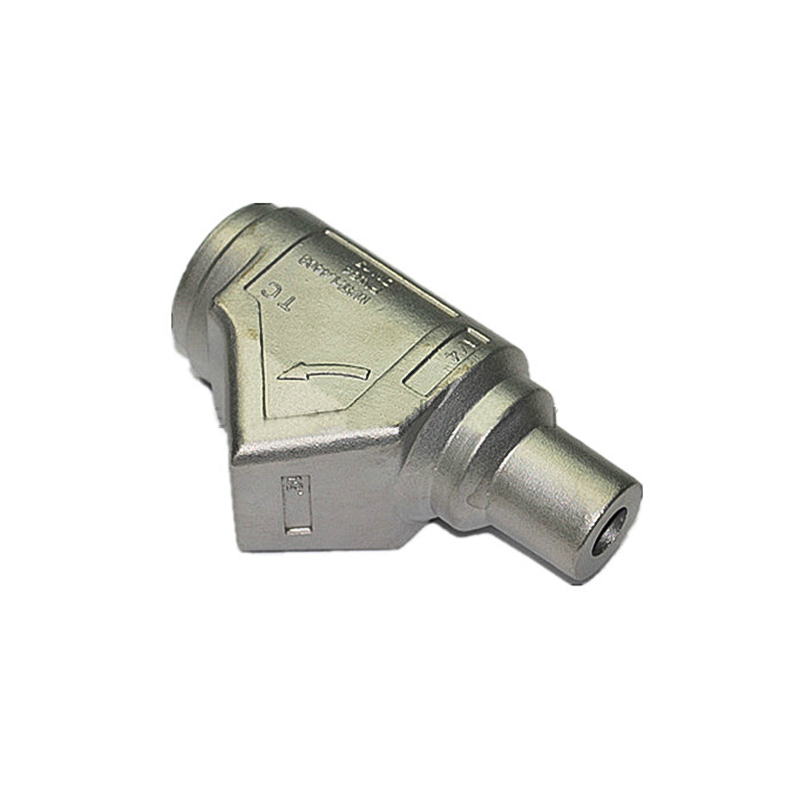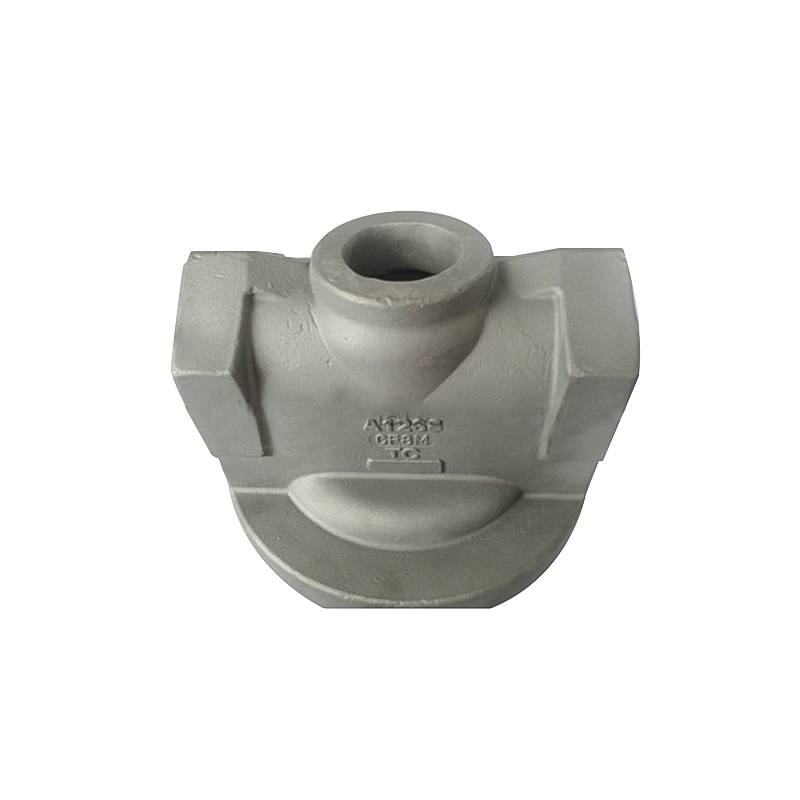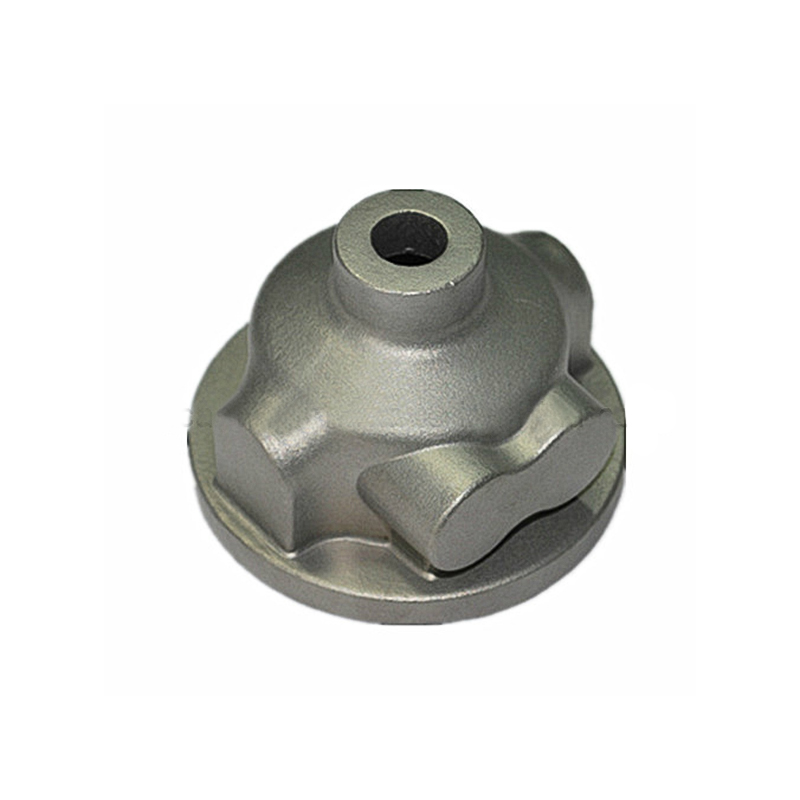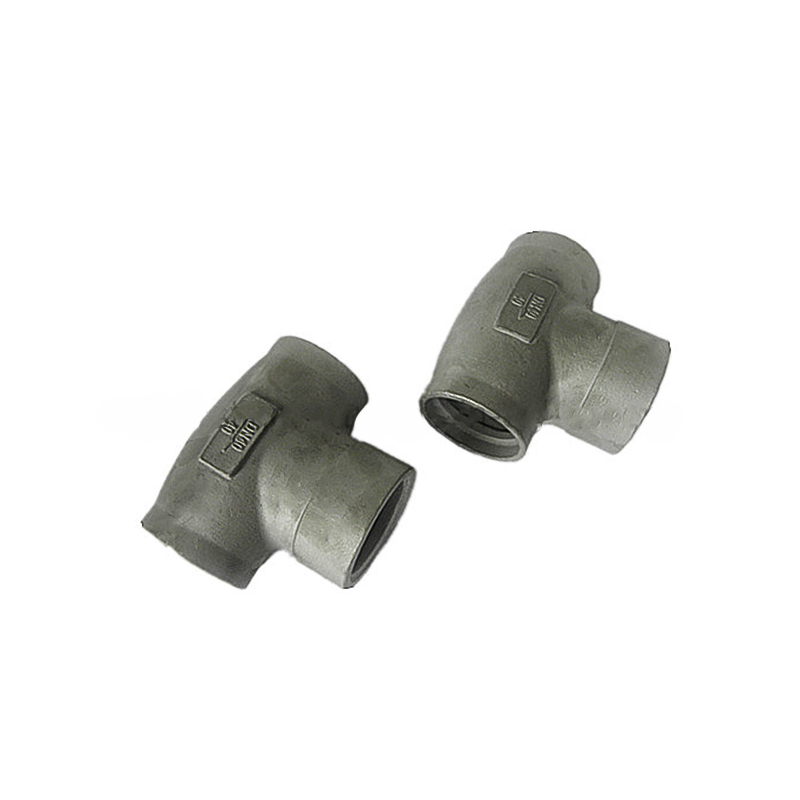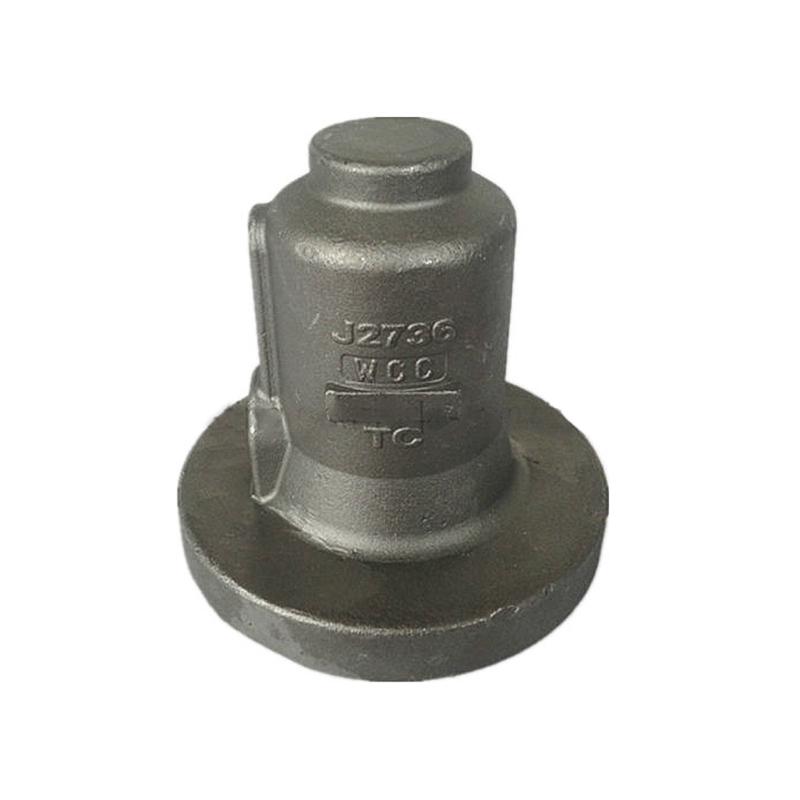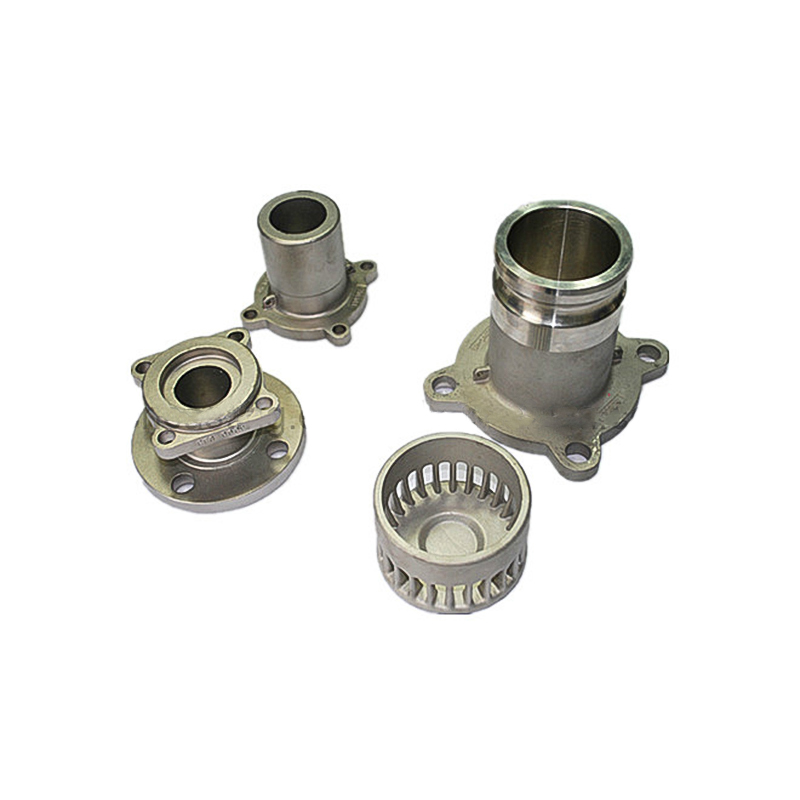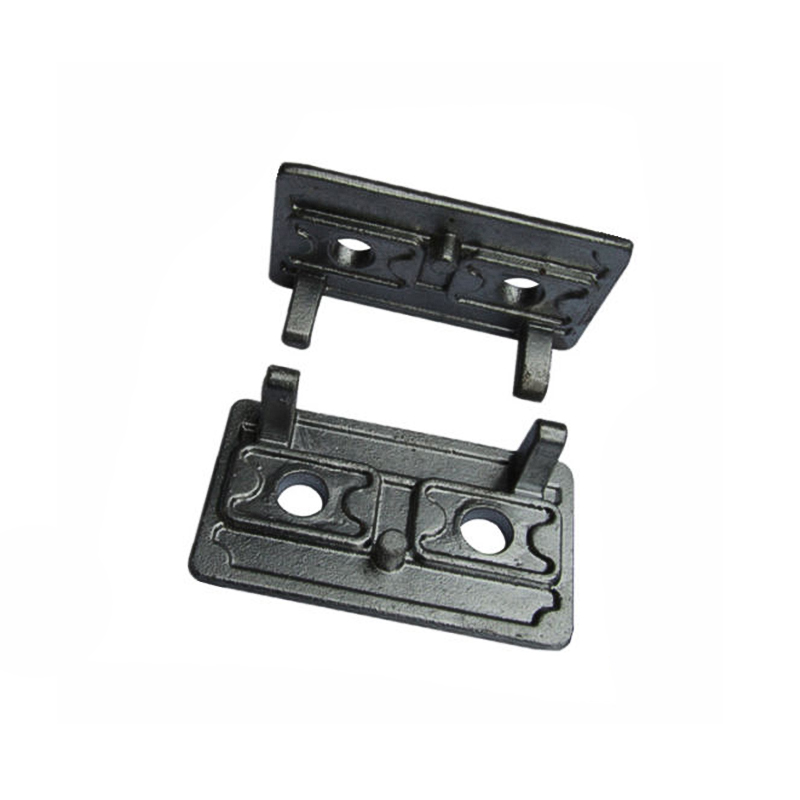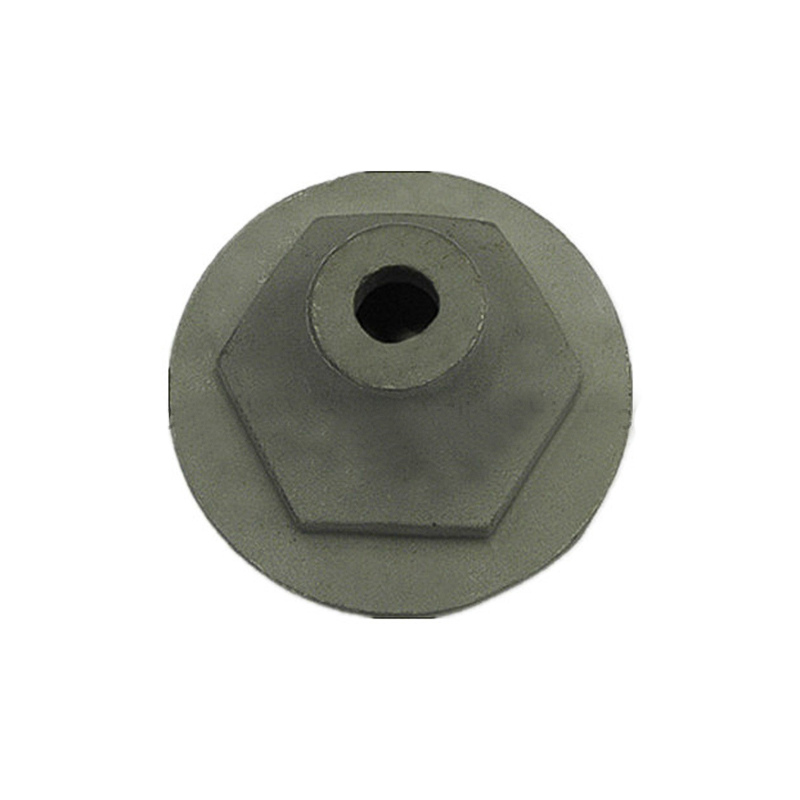How Mining Machinery Casting Parts Are Revolutionizing Mining Operations
Mining operations have always been a high-risk, high-reward industry. The equipment used in these environments faces extreme challenges—ranging from abrasive materials and heavy loads to exposure to harsh weather conditions. Mining machinery casting parts are playing a crucial role in transforming the operational efficiency and longevity of mining machines, making them better equipped to handle these challenges.
Among the many benefits of casting parts in mining machinery, one stands out in particular: Enhanced Durability for Tough Mining Conditions. This single feature is significantly changing how mining operations function, reducing downtime, and improving overall productivity.
Enhanced Durability for Tough Mining Conditions
In the mining industry, machinery is exposed to some of the most extreme conditions known to any industry. Whether it’s the constant abrasion of material moving through crushers or the harsh impacts experienced by excavators and drilling rigs, mining equipment must be built to last. This is where mining machinery casting parts truly shine.
Casting parts, often made from highly durable metals such as high-chromium iron or alloy steels, are specifically designed to handle extreme wear, abrasion, shock, and corrosion. The durability provided by these parts is a key factor in revolutionizing mining operations, providing significant advantages in the following ways:
Resistant to Abrasive Wear
Mining involves constant friction as equipment comes into contact with rocky and coarse materials. Parts like crusher liners, milling components, and conveyor belts are continuously exposed to abrasive forces that can quickly degrade their effectiveness. Traditional materials may wear down quickly, leading to frequent maintenance and replacement costs.
However, casting parts are manufactured using wear-resistant alloys that are designed specifically to combat such issues. For example, high-chromium cast iron, which is commonly used for crusher wear parts, has a superior ability to resist abrasion. These materials can endure thousands of hours of abrasive material processing without significant degradation, which is crucial in continuous mining operations.
The improved wear resistance leads to less frequent downtime for equipment maintenance, longer service life, and a reduction in operating costs. For large-scale mining operations where equipment needs to run 24/7, this means a more efficient and cost-effective process.
High Impact Resistance
Mining machinery often faces high-impact situations, especially when extracting materials from the earth or crushing them for processing. A stone crusher, for instance, experiences violent impacts as rocks are broken down. Similarly, excavators and drilling rigs constantly face high-impact forces during excavation and drilling activities.
The 4-staked plain round steering joints or casting components used in mining machinery are engineered to withstand these forces. High-strength cast alloys are designed to absorb shocks without fracturing or deforming, ensuring that equipment remains operational even in the most violent conditions.
This ability to absorb and dissipate high-impact forces ensures that the parts last longer, require less frequent repair, and continue to function reliably under tough working conditions. The superior impact resistance of casting parts, such as crusher hammers and shovel buckets, enhances the overall durability of mining equipment, keeping operations running smoothly even under heavy strain.
Corrosion Resistance for Harsh Environments
Mining operations are often located in remote, harsh, and humid environments. Exposing machinery to moisture, chemicals, and extreme temperature fluctuations can quickly lead to corrosion, weakening components and reducing the efficiency of the entire system.
To combat this, casting parts used in mining equipment are increasingly being made with materials that have superior corrosion resistance. Specially formulated alloys, such as Ni-hard iron or stainless steel, are used to create parts that can withstand moisture, corrosive gases, and chemical exposure over long periods.
For example, casting parts used in dredging machines, mineral processing plants, and ore crushing systems are now more resistant to rust and corrosion, extending the lifespan of the equipment. The ability to withstand corrosive environments not only improves safety but also contributes to cost savings, as less frequent repairs or replacements are needed.
Improved Load-Bearing Capacity
Mining machinery must also bear heavy loads, particularly in material transport and extraction. Equipment such as haul trucks, shovels, and draglines are subjected to extreme pressure and weight during operations.
The casting process allows manufacturers to create parts with an optimized structure that improves their load-bearing capacity. Through advanced casting techniques, such as precision casting and sand casting, manufacturers can ensure that parts like axles, bearings, and frames can handle these heavy loads without compromising strength.
Additionally, these casting parts are often heat-treated to further enhance their strength and durability. The ability of mining machinery casting parts to withstand these enormous loads without warping or breaking down is key to the reliability and efficiency of mining operations, reducing the risk of catastrophic failure during high-stress situations.
Other Advantages of Enhanced Durability
While enhanced durability in tough conditions is one of the primary benefits, there are several other advantages that come with this feature:
Fewer Equipment Failures
The durability of casting parts reduces the likelihood of equipment failure, which is often a result of worn-out parts. With longer-lasting components, mining operations can maintain their machines for longer periods, allowing for uninterrupted work schedules.
Lower Operating Costs
With durable casting parts, mining companies can spend less on replacements, repairs, and part replacements. This translates into substantial savings over time. Furthermore, the reduction in downtime associated with broken or worn-out components improves the overall cost-effectiveness of the operation.
Higher Productivity
Durable mining machinery parts ensure that the machinery operates at peak performance for longer durations. This reduces downtime and allows mining teams to focus on productive work instead of dealing with repairs or replacements. Consistent performance leads to higher overall productivity, meaning more materials can be processed in less time.
Better Safety Standards
Mining operations are high-risk environments, and any machine failure can pose significant safety hazards. By using highly durable, long-lasting parts, the chances of malfunction and failure are reduced, which directly impacts the safety of workers and the surrounding environment.



 English
English Deutsch
Deutsch 简体中文
简体中文
